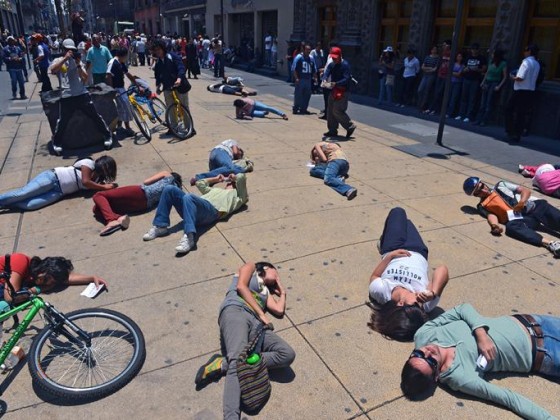MEXICO CITY, Mexico — On a sweaty May morning in this sprawling mountain capital, residents heard a painfully familiar warning on the radio and TV.
Air pollution was at dangerous levels, environmental authorities said. People were advised to stay indoors as much as possible and avoid exercise. Asthma sufferers should take particular care.
